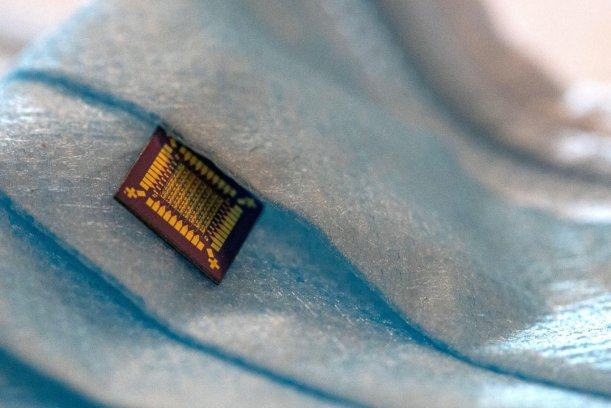
Silk fibroin can be precisely deposited onto surfaces and easily modified.
Hybrid silicon-silk transistors in a breath sensor device created at the Tufts University Silklab can rapidly and accurately track breathing patterns in real time.
A phone may have more than 15 billion tiny transistors packed into its microprocessor chips made of silicon and metals like gold and copper, along with insulators that together take an electric current and convert it to 1s and 0s to communicate information and store it. The transistor materials are inorganic, basically derived from rock and metal.
The Tufts researchers have been working to make these fundamental electronic components part biological and able to respond directly to the environment and change like living tissue. Silk functionalised in this manner can pick up and detect a wide range of components from the body or environment.
The team’s first demonstration of a prototype device used the hybrid transistors with silk fibroin to make a highly sensitive and ultrafast breath sensor, detecting changes in humidity. Further modifications of the silk layer in the transistors could enable devices to detect some cardiovascular and pulmonary diseases, as well as sleep apnea, or pick up carbon dioxide levels and other gases and molecules in the breath that might provide diagnostic information. Used with blood plasma, they could potentially provide information on levels of oxygenation and glucose, circulating antibodies, and more.
Prior to the development, the Silklab team led by Professor Fiorenzo Omenetto had already used fibroin to make bioactive inks for fabrics that can detect changes in the environment or on the body, sensing tattoos that can be placed under the skin or on the teeth to monitor health and diet, and sensors that can be printed on any surface to detect pathogens.
